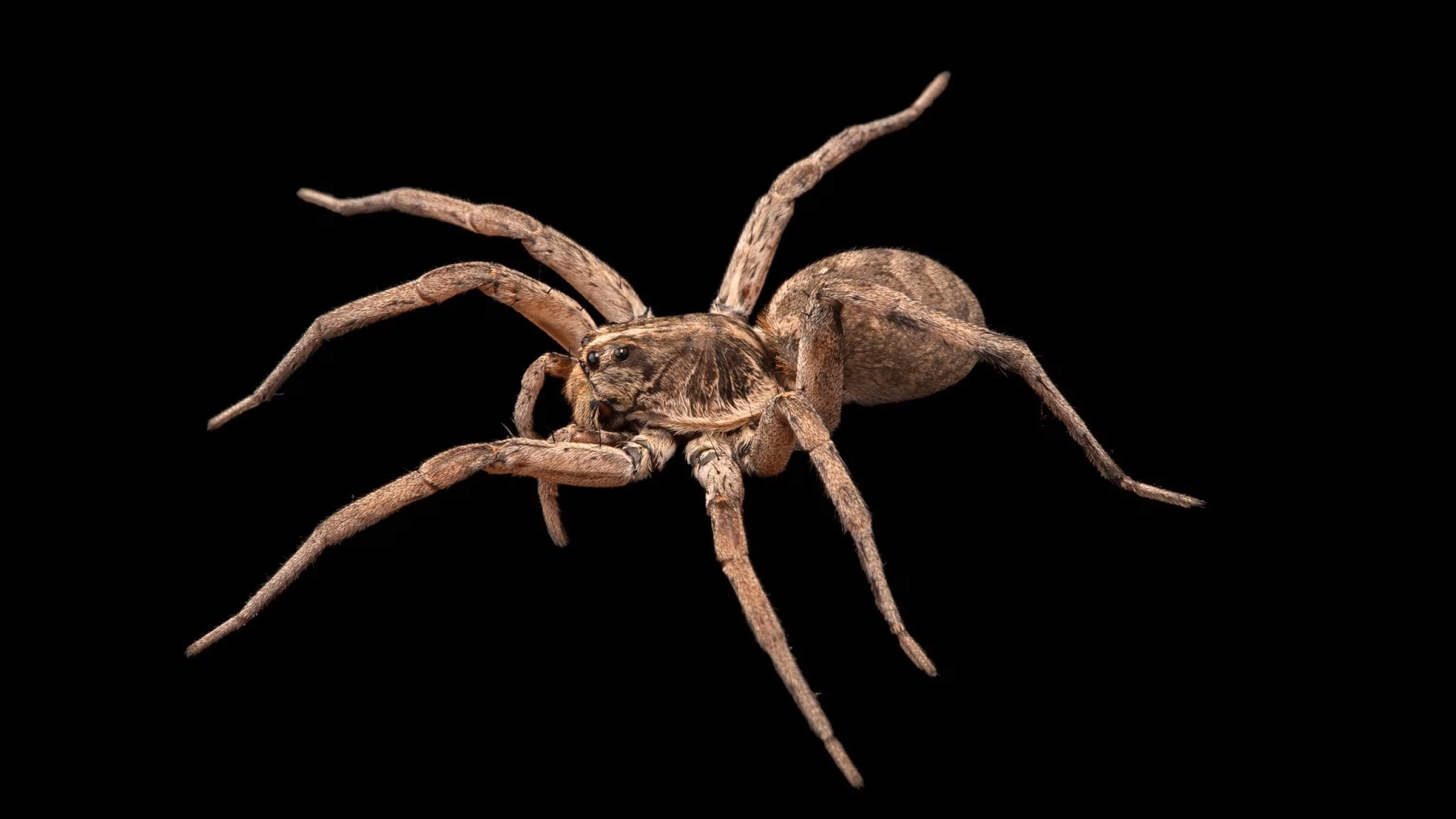By: Jasper Hamill | The Sun
UFO spotters have made the astonishing claim that a gigantic bus-sized spider is lurking somewhere in the ocean.
A YouTube conspiracy theorist called Mexico Geek claimed to have found images of the mega-spider on Google Earth, which offers access to satellite imagery of the entire world.
The “discovery” prompted a typically over the top statement from Scott Waring, who runs the popular blog UFO Sightings Daily.
“The crab itself looks enormous, about the size of a bus,” he wrote.
“This is an awesome discovery and just goes to prove that scientists don’t have the slightest clue about the hidden giant species that exist in the oceans of the world.
“At this size, it would devour an entire person to satisfy its hunger.
Scientists Discover Plastic Eating Worms That Digest Styrofoam
“So watch out for this giant spider when you are on your next fishing trip and be aware: you may be the next catch.”
However, there are reasons to be doubtful about the sighting.
Normally, UFO spotters post the coordinates of any weird things they spot on Google Maps, so other people can go and see them.
At the time of writing, no coordinates have been posted.
It is not known what caused the spider to be seen on Google Earth or whether the pictures are genuine screenshots.
For the record, it is extremely unlikely that a “bus-sized” spider is lurking out there in the ocean, although we are eager to be proven wrong.
* * *
You’ll Love This One …
Do We Really Swallow Spiders In Our Sleep?
Humans swallow an average of eight spiders each year while sleeping! The average person swallows 52 spiders over the course of a lifetime! These so-called facts are so widespread that it’s hard to believe they’re completely inaccurate. The first one originated in a magazine article as an example of how people will believe anything they read without checking it out. And that myth went viral.
In reality, the odds of swallowing even a single spider over your entire lifetime are so low that they’re virtually zero. And it’s extremely unlikely a spider would even approach a sleeping human, much less crawl into their open mouth and wait to die.
While one in five Americans admitted to a fear of spiders in a 2022 YouGov poll, spiders are actually much more afraid of you than you are of them. Think about it — the spider uses vibrations to sense danger. A sleeping human is nothing but noise and vibration, from your breath and heartbeat, to tossing and turning, to snores, snorts and other sounds. Everything about the human at rest signals for spiders to steer clear, giving them no incentive to creep into your bed during the night. Instead, they prefer to hang out in quiet, unoccupied parts of the home or spend their time tending to their webs.
* * *
READ MORE: Scientists Train Ants To Sniff Out Cancer In Just 30 Minutes
Fascinating! First CRISPR’d Cockroaches Open Door To Other Gene-Edited Insects
Telegram: Stay connected and get the latest updates by following us on Telegram!
We’d love to hear from you! If you have a comment about this article or if you have a tip for a future Collective Spark Story please let us know below in the comment section.

